Posavec Resigns as Međimurje County Head, Granted Pre-Trial Release
ZAGREB, 11 Sept, 2021 - Međimurje County head Matija Posavec and the chairman of the management board of the County Road Directorate, Josip Kobal, have been granted a pre-trial release after being questioned by USKOK corruption investigators.
USKOK has said it has opened an investigation into six suspects in two separate cases, requesting investigative custody for only two suspects.
Lawyer Davorin Zalatarek confirmed to Hina on Saturday morning that his client Posavec had been released last night and that another suspect, SDP MP and former Čakovec Mayor Stjepan Kovač, was expected to be released soon. He said he could not discuss details because the investigation was still ongoing.
USKOK said on Saturday morning that Posavec had been released after admitting the crime he is suspected of, and that he had resigned as head of Međimurje County.
Lawyer Berislav Živković said he was not surprised that his client Kobal had been released, because there were no legal grounds for him to be remanded in custody.
Posavec is suspected of fixing jobs with county administration and of receiving a HRK 10,000 (€1,330) bribe from Kobal to secure another term of office for him on the management board of the Međimurje County Roads Directorate.
Kovač is suspected of using fake text messages with death threats against himself to prompt a police investigation and find out who was behind a website that wrote negative articles about him before the May local elections. Police officer Mario Sever and Damir Ledenčan, who sent staged threatening messages, are also suspects in this case.
For more on politics, follow TCN's dedicated page.
For more about Croatia, CLICK HERE.
Međimurje County Champion in Municipal Waste Sorting
ZAGREB, 15 Aug, 2021 - The Croatian municipal waste sorting champions, small municipalities in the northern Međimurje County, stand next to the most advanced European regions, while the national average remains below 20% and some cities, including county seats, are still not sorting any waste.
The data comes from an Environment and Nature Protection Bureau preliminary report on municipal waste sorting in 2020.
Croatia was supposed to recycle 50% of its municipal waste by 2020, so the fact that the percentage rose from 11.52% in 2018 to 18% last year does not make experts optimistic.
Of the ten municipalities and towns with the highest sorting percentage, nine are in Međimurje County, followed by Krk island and several other cities.
Of the 556 local government units in Croatia, Belica Municipality ranks first, sorting 79.76% of its waste, followed by the town of Prelog with 70.98%.
Five local governments which sort between 60 and 70% of their waste are also in Međimurje County, as are five sorting between 50 and 60%.
In the latter group are also the town of Koprivnica and seven local government units on Krk. This island in the northern Adriatic was the first in Croatia to sort waste and is close to becoming an energy self-sufficient island without carbon emissions. The group also includes Semeljci in Osijek-Baranja County.
All those local government units have met the waste-sorting target set by the EU.
The list of local government units sorting zero of their waste is much longer, the champions being Karlovac and Dubrovnik-Neretva counties.
Plitvice Lakes Municipality, where the national park of the same name is located, is one of six in Lika-Senj County that sort zero of their waste, including the county seat Gospić.
Virovitica-Podravina County also has six local government units sorting zero of their waste, while Šibenik-Knin and Zadar counties each have five, Brod-Posavina, Sisak-Moslavina and Split-Dalmatia counties each have four, Zagreb County has two, and Bjelovar-Bilogora and Primorje-Gorski Kotar counties each have one local government unit not sorting any waste.
For more on lifestyle, follow TCN's dedicated page.
For more about Croatia, CLICK HERE.
Terme Sveti Martin First Hotel in Croatia Awarded EU Ecolabel
ZAGREB, 19 July 2021 - The Terme Sveti Martin hotel in Međimurje is the first hotel in Croatia to receive the EU Ecolabel after it met the relevant 22 criteria about general management, energy efficiency, the use of renewable resources, rational water consumption, reduced waste, and proper waste management.
Tourism Minister Nikolina Brnjac presented the EU Ecolabel to the hotel's director Igor Nekić at a ceremony held on Monday in the hotel located in the town of Sveti Martin na Muri, the ministry said on Monday.
The EU Ecolabel is approved by the Ministry of Economy and Sustainable Development for products and services that motivate innovations and contribute to the aim of the EU's climate neutrality by 2050 and the circular economy.
Congratulating the hotel on that important step towards sustainable business and a sustainable destination, Minister Brnjac recalled that market surveys around the world have shown that guests no longer look for massive tourism but that they prefer sustainable and ecologically aware destinations that provide an authentic experience and an active vacation and services providing health tourism which comprehends spas and wellness treatments.
She said that the government encourages and invests in developing green and sustainable tourism through its National Recovery and Resilience Plan and the Multiannual Financial Framework.
The Terme Sveti Martin comprises the hotel, apartments, a wellness center, and other amenities. There are more than 200 people employed in this establishment.
For more on travel in Croatia, follow TCN's dedicated page.
First Croatian Wine Camp Open in Medimurje!
May 9, 2021 - Hažić Wine Camp, opened in Jurovčak in the Sveti Međimurje municipality Martin na Muri, is the first Croatian wine camp of its kind.
The camp on the Hažić family farm offers 12 pitches for campers and eight wooden mobile homes available in early July. It is built to the highest environmental standards along with a category of four suns.
"We have invested a lot of effort and energy in our wine camp. I am happy that we succeeded. Although still until at the end of June we have to set up mobile homes. The first campers have already arrived”, said the owner Tatjana Hažić, who has been running this farm with her sister Valentina for many years.
The camp's construction, worth 3,500,000 kunas, was helped by the Rural Development Fund with 1.5 million. OPG Hažić is an excellent example of a successful withdrawal of funds from EU funds because, since 2015, they have applied for six projects with a total value of over five million kunas.

The camp will offer accommodation to tourists who want to enjoy nature, fine wines, sparkling wines, juices, and other apple products of the Hažić family and the rich tourist offer of Međimurje.
Campers in the area can enjoy cycling, wellness services at Terme Sveti Martin, getting to know local cultural sights, enjoying numerous adventurous activities is organized by the Accredo Center, or on a picnic with excellent local food and drinks from the restaurant Međimurski dvori.
The Hažić family represents a very successful tourist story of rural Croatia, which through the countryside tourism provides the best of Međimurje. EU funds have certainly helped them in their development funds. Still, the immeasurable contribution of this whole valuable family must not be overlooked either own funds invested in improving the quality of own products and tourist offer" emphasized Aleksandra Kuratko Pani, head of the Croatian Rural Tourism Association, of which she is a member of the family farm Hažić since 2020.
Guests and tourists of the camp can also enjoy local products from Međimurski štancun.
If you'd like to find out more about Međimurje, click HERE.
For more, follow our travel section.
Medimurje Microlight Tragedy, Two Bodies Pulled From Lake
February 5, 2021 – A recreational flight in northern Croatia yesterday ended in tragedy when a Medimurje microlight crashed into a lake on the border between Varazdin County and Medimurje County
A recreational flight in the skies above northern Croatia yesterday ended with the tragic death of two people. A Medimurje microlight crashed into a lake near the border between Varazdin County and Medimurje County. Two persons were aboard the Medimurje microlight and both were sadly killed. Their bodies were retrieved from the lake by divers from the Čakovec Public Fire Brigade near the village of Novo Selo na Dravi.
The Medimurje microlight crashed into the accumulation lake of the Čakovec Hydroelectric Power Plant at around 3:22 p.m yesterday afternoon. Međimurje Police Department regrettably confirmed that the deceased were a 35-year-old and a 42-year-old. One was from Novo Selo na Dravi and the other from the Čakovec area.
Both the pilot and co-pilot of the Medimurje microlight were members of the Rode Kite Club from Prelog, which lies just a few kilometres to the east of where the Medimurje microlight crashed, on the other side of the Čakovec Hydroelectric Power Plant. Such is the popularity of the longstanding flight club, the tragic death of two of its members will have a significant impact on the large community that is welcomed at its facilities. Čakovec Hydroelectric Power Plant © HEP
Čakovec Hydroelectric Power Plant © HEP
Leon Krištović, Deputy Commander of the JVP Čakovec fireman's department, said that they received a report from the 112 emergency call centre and upon their arrival at the scene, were met by local fishermen who had witnessed the tragedy. The fishermen had recounted seeing the Medimurje microlight experiencing trouble before it crashed into the lake and were able to state they had seen two people on board. They directed the firemen to the position of the crash in the water, where the sad discovery of the deceased men was made. The Medimurje microlight was also retrieved from the water.
The accident was reported to the Air, Maritime and Railway Accident Investigation Agency (AIN) and the state attorney's office. An investigation will be conducted at the scene of the Medimurje microlight accident on the morning of Friday 5th February 2021 in order to determine the circumstances of this event.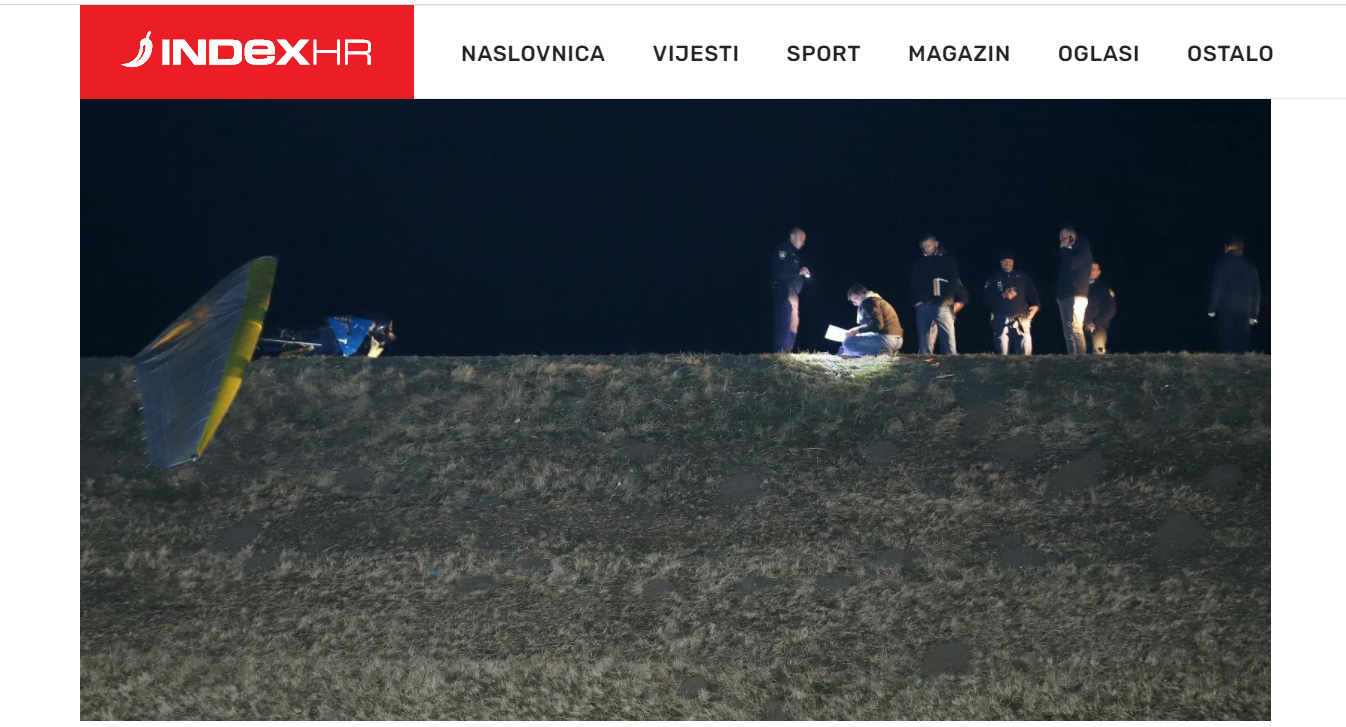 Photo © Vjeran Zganec Rogulja / Index screenshot
Photo © Vjeran Zganec Rogulja / Index screenshot
All emergency services attended the crash site in order to join the initial response. From pictures of the search operation's aftermath, published in Index, the Medimurje microlight which crashed looks to have been an ultralight trike. It is a type of powered hang glider that has a fabric flex-wing, powered by a propeller at the rear (behind its occupants) and controlled directionally by weight-shift, as with traditional non-motorised hang gliders. Popular since the 1980s, these microlights have a very good reputation for allowing safe, accessible and inexpensive flying.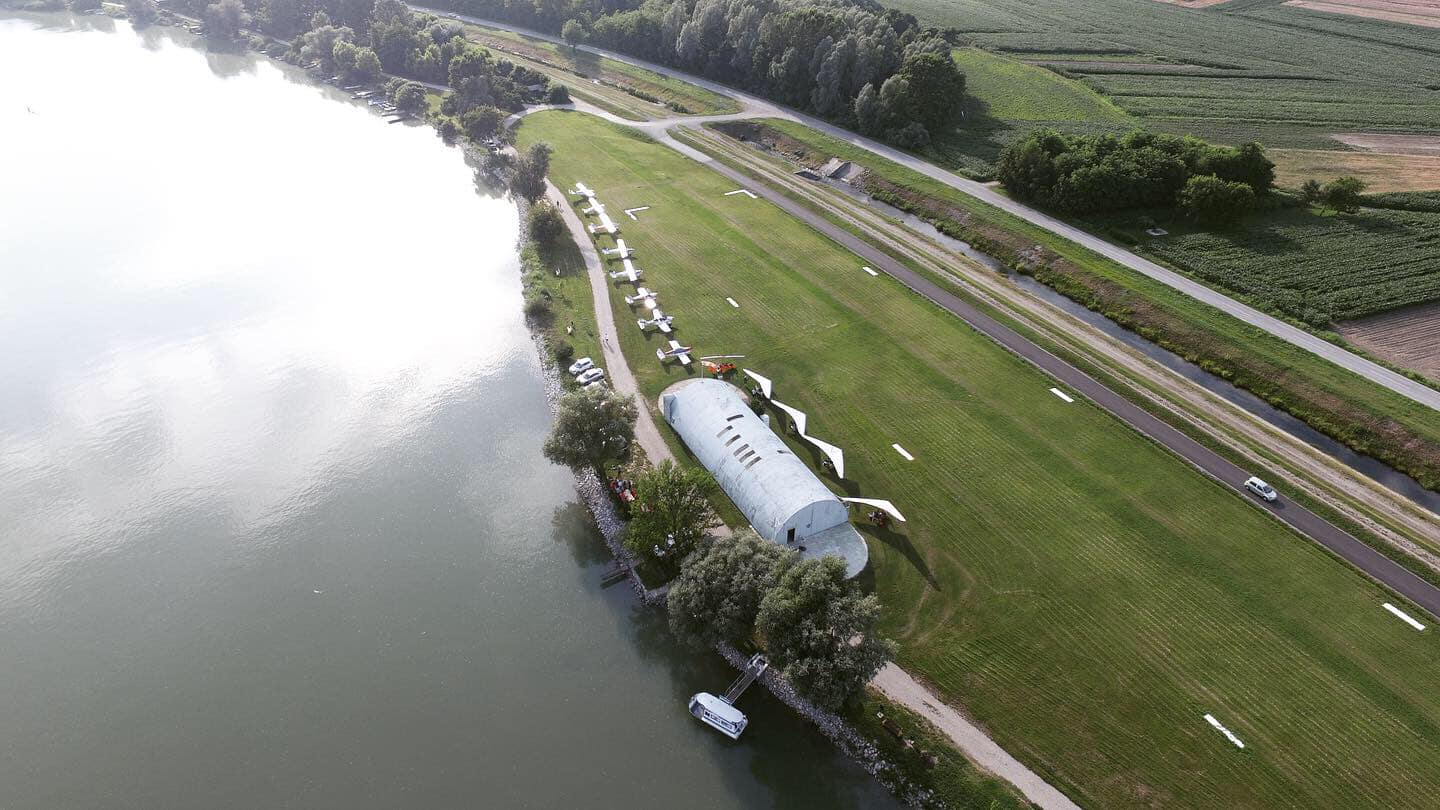 The airfield and facilities of Rode Kite Club, Prelog © Jakov Balent / Zmajarski klub Rode
The airfield and facilities of Rode Kite Club, Prelog © Jakov Balent / Zmajarski klub Rode
The Rode Kite Club (Zmajarski klub Rode) from Prelog has a similarly well-established record for safety. They have their own airfield, which is pristinely maintained, and which welcomes a broad section of Cakovec County and Varazdin County community members to its activities and events, including many families and young people. As well as motorised hang gliding and microlights, over recent years the club has accommodated drone enthusiasts and hosted some light aircraft. It also welcomes enthusiasts of motorised model cars, planes and boats. It sits next to the waters that form a natural barrier between Cakovec County and Varazdin County.
PHOTOS: Epic Croatia Weather Photography Stuns The World
December 20, 2020 – The 13 winners of the incredibly popular World Meteorological Organization annual competition have just been announced, and two fine pieces of Croatia weather photography are among them. These spectacular images of Croatia weather photography show all 9 Croatian photographs which reached the final in 2020 and all 10 Croatian finalists who similarly stunned the global audience in 2019
Croatia weather photography: the two newly announced winners from the 2020 competition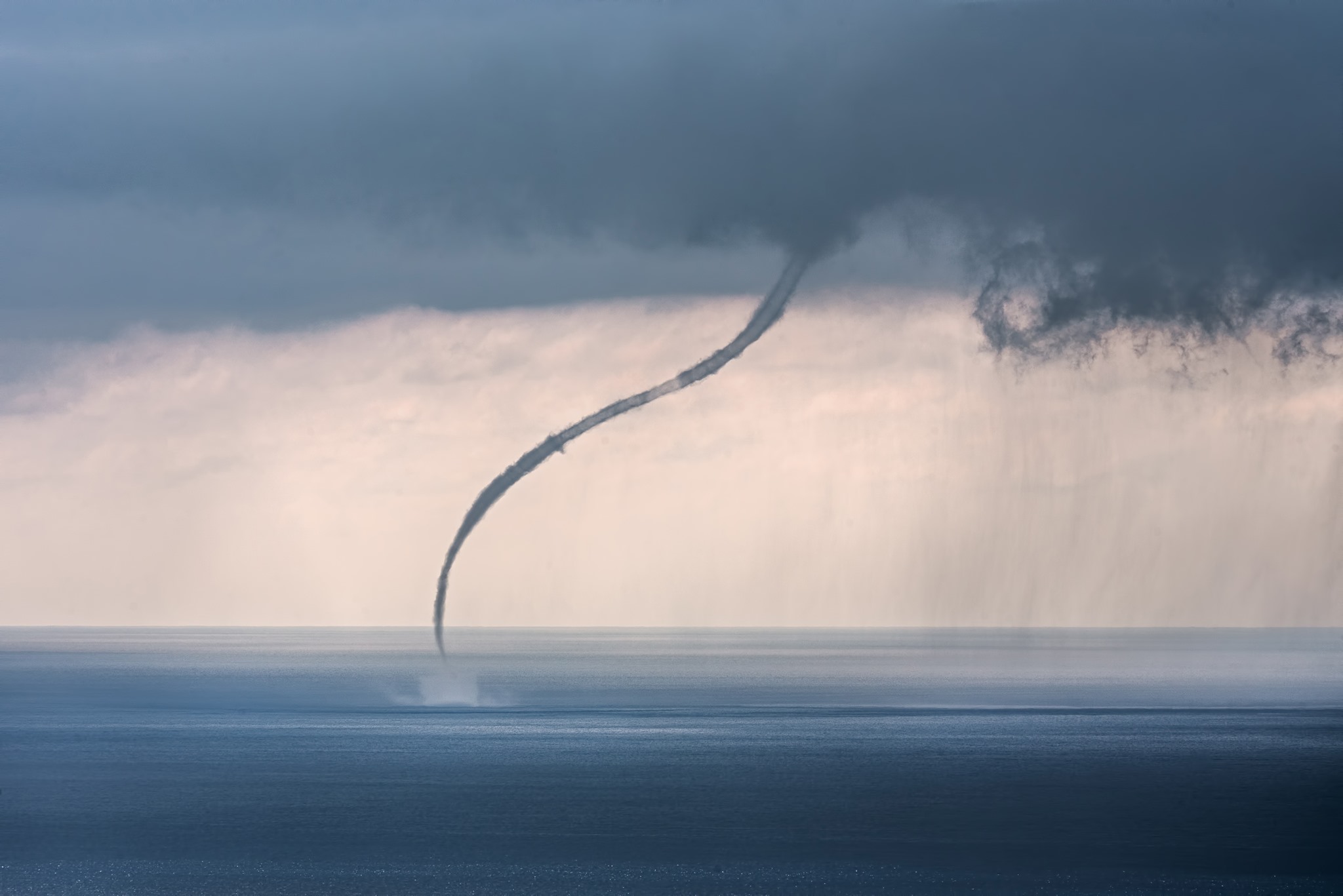 Photographer: Sandro Puncet Photo taken: Losinj island
Photographer: Sandro Puncet Photo taken: Losinj island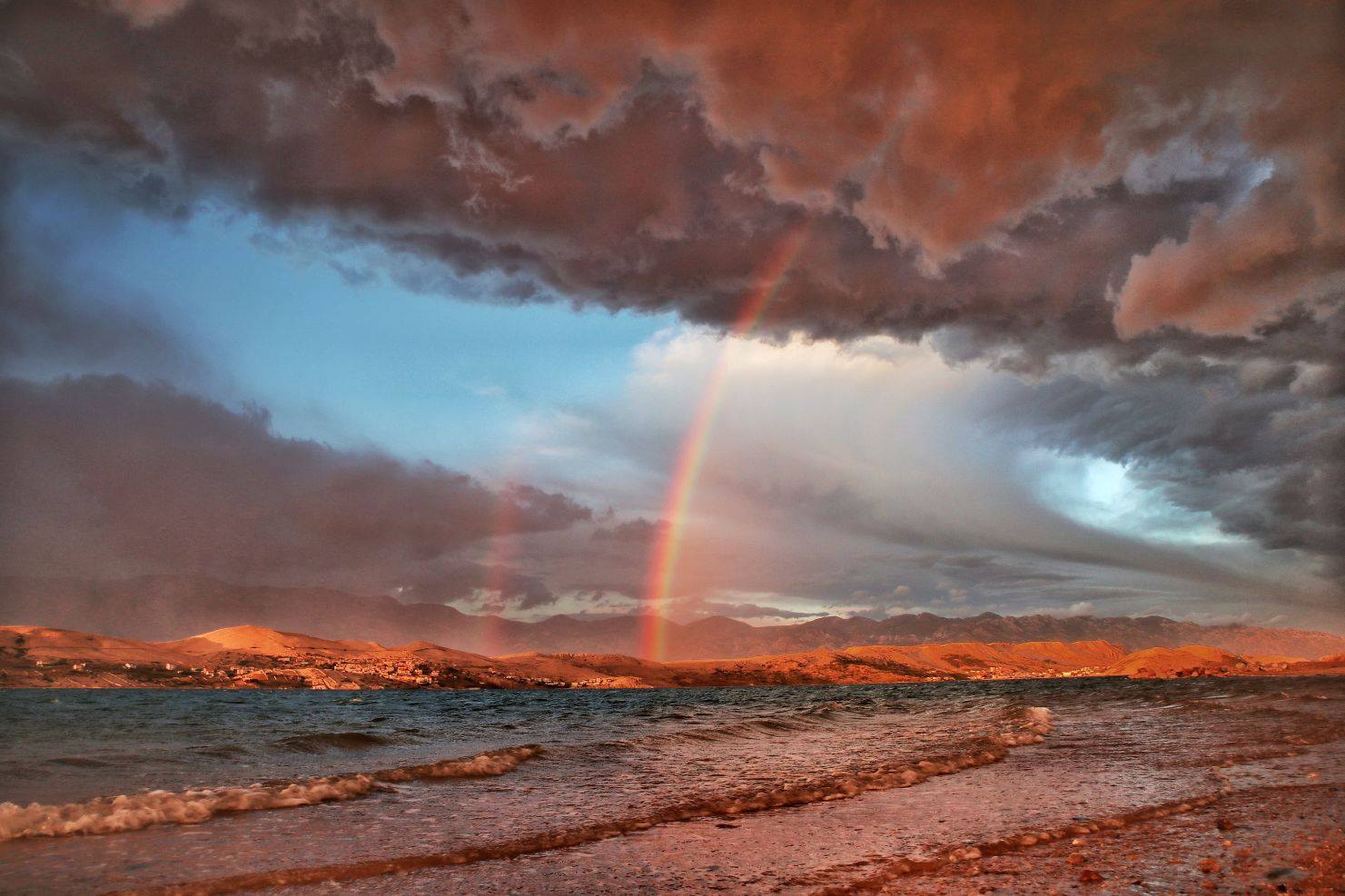 Photographer: Zrinka Balabanic Photo taken: Pag island
Photographer: Zrinka Balabanic Photo taken: Pag island
Thanks to its popularity as a tourist destination, lots of people are now used to seeing beautiful photos of Croatia. Although, the images they usually see are of idyllic beaches, cloudless skies, stunning nature and turquoise blue seas. But, as anyone who knows the country will tell you - and as these photos show - Croatia isn't always like that.
Croatia weather photography: the two newly announced runners-up from the 2020 competition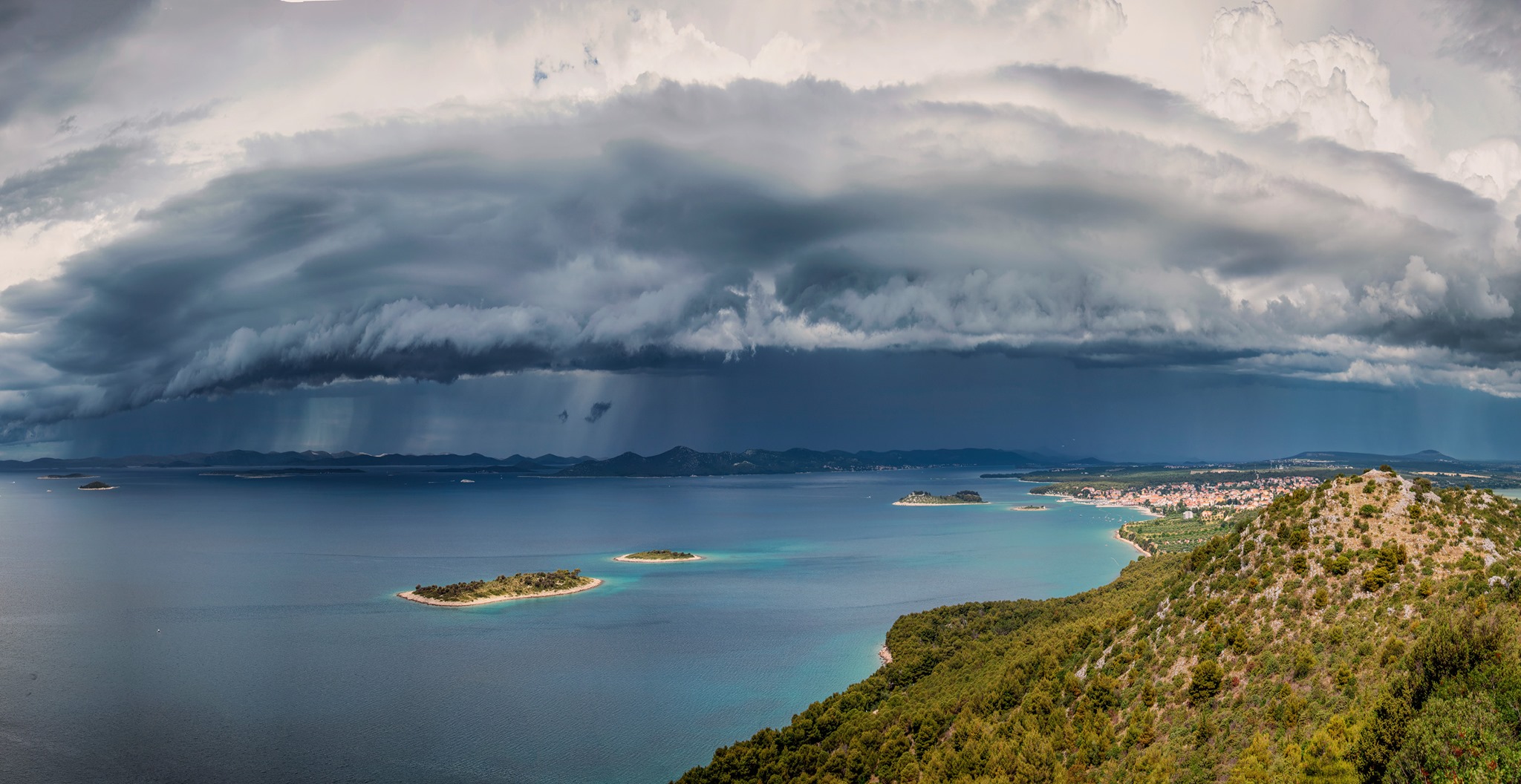 Photographer: Šime Barešić Photo taken: Drage, Pakostane
Photographer: Šime Barešić Photo taken: Drage, Pakostane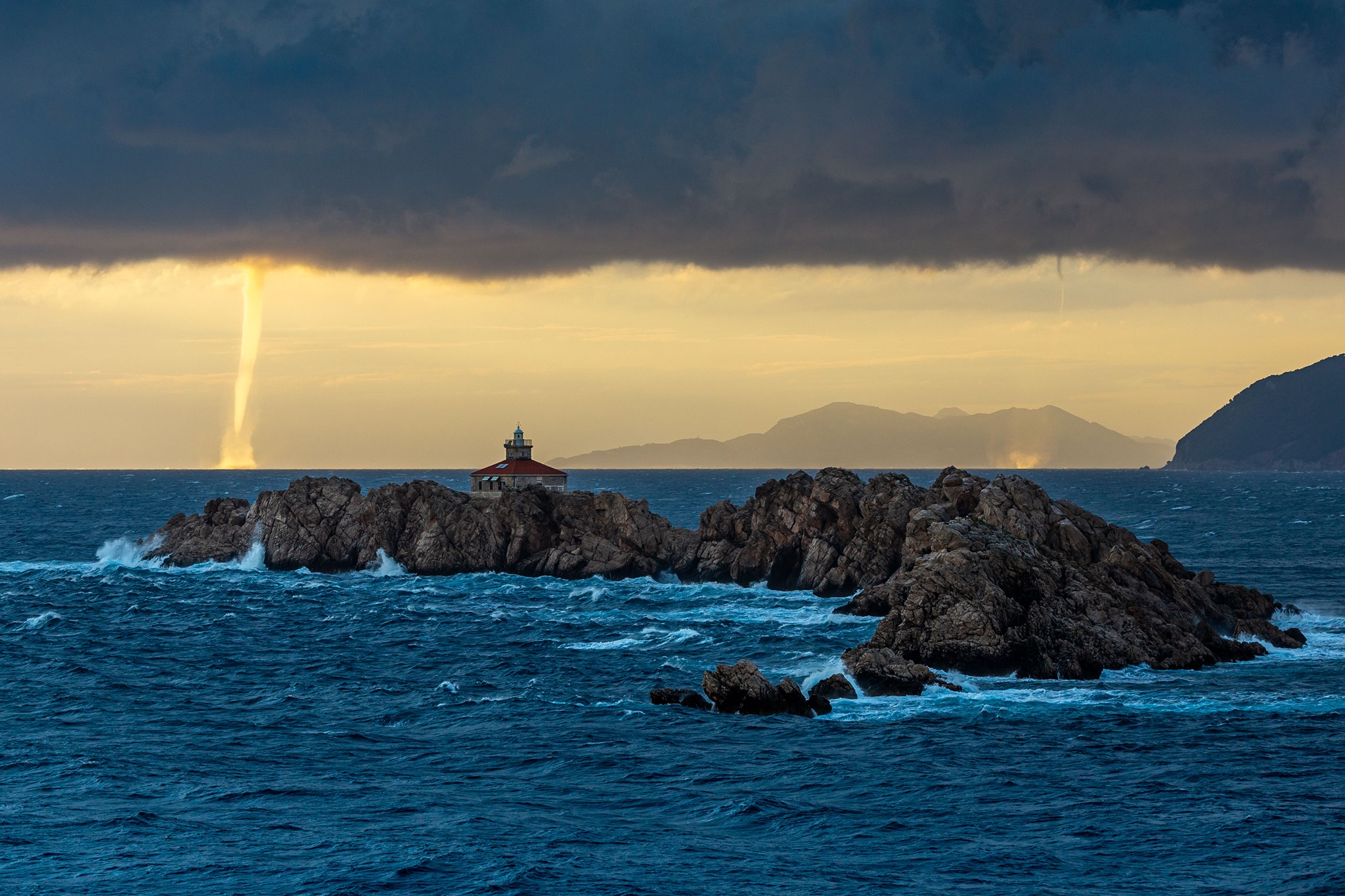 Photographer: Mislav Bilic Photo taken: Lapad Peninsula, Dubrovnik
Photographer: Mislav Bilic Photo taken: Lapad Peninsula, Dubrovnik
Out of season, Croatia can experience vastly different weather conditions to those advertised in travel brochures and blogs. And, whenever there's a spectacular weather occurrence, usually there's a photographer out there, braving the elements, trying to capture it.
Over recent years, some of the best Croatia weather photography has featured in the annual competition organised by the World Meteorological Organization. 2020 has been no different.
The other five Croatian finalists from the 2020 competition Photographer: Šime Barešić Photo taken: Drage, Pakostane
Photographer: Šime Barešić Photo taken: Drage, Pakostane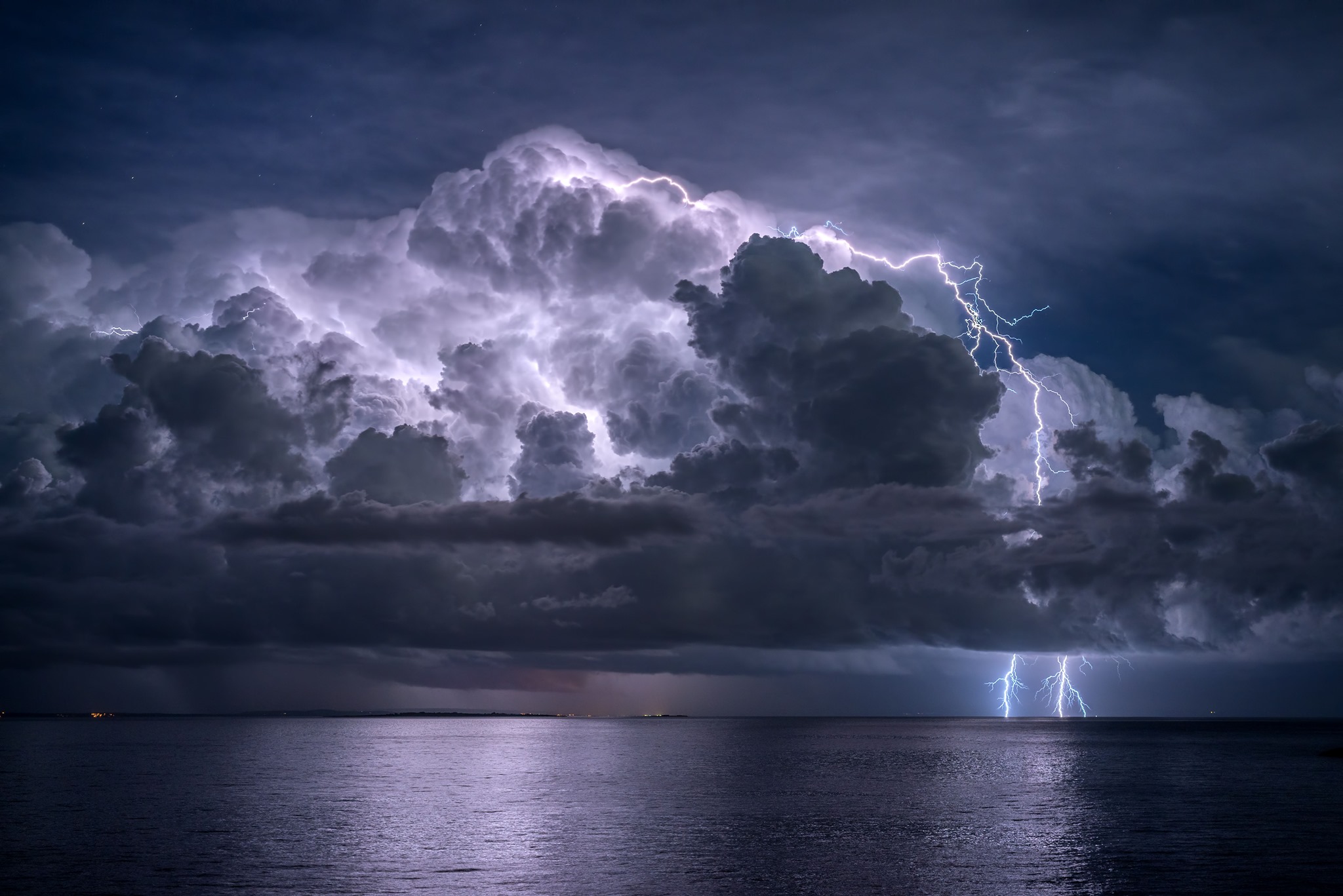 Photographer: Sandro Puncet Photo taken: Losinj island
Photographer: Sandro Puncet Photo taken: Losinj island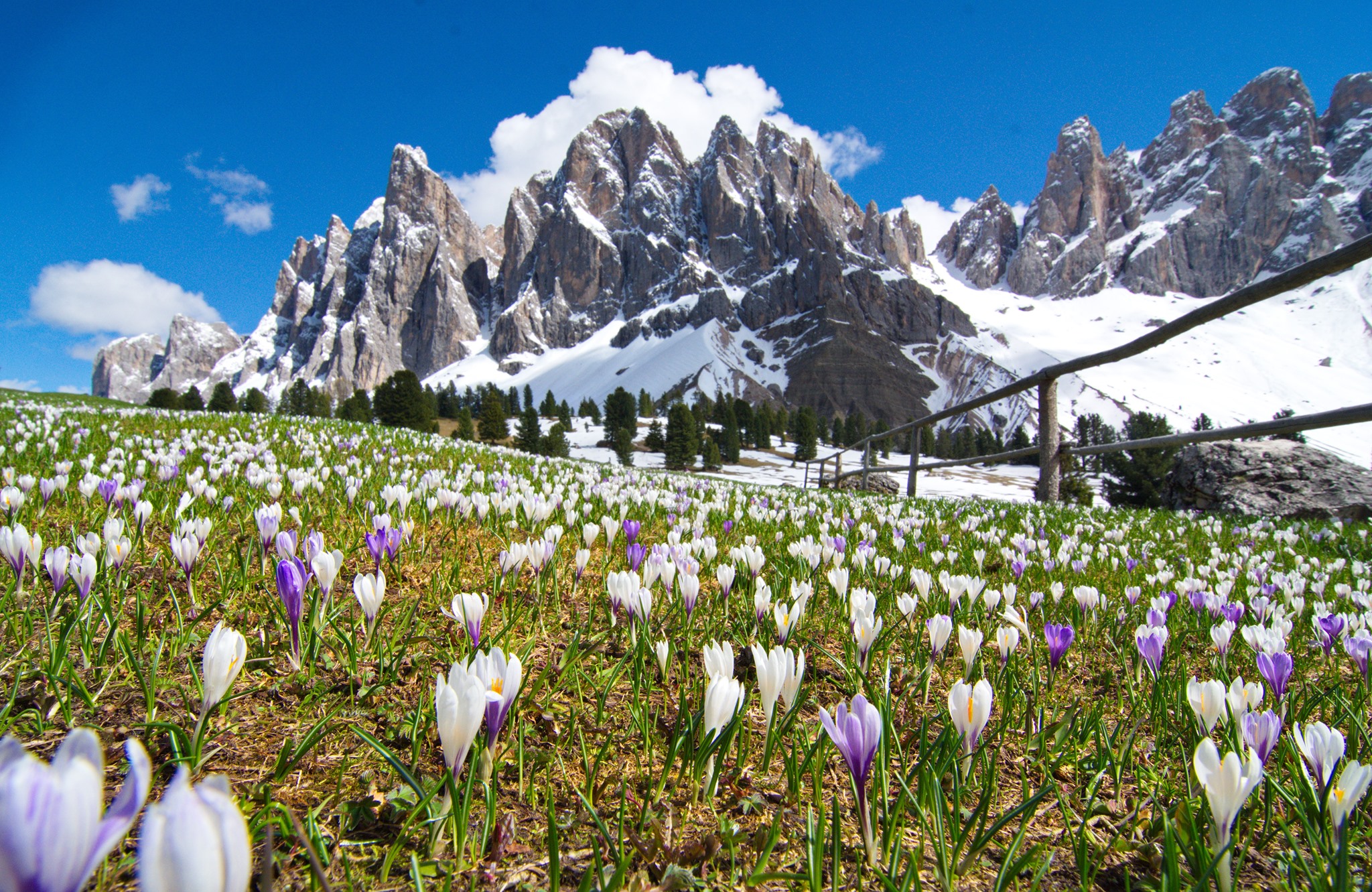 Photographer: Zoran Stanko Photo taken: Geisler Alm, Dolomites, Italy
Photographer: Zoran Stanko Photo taken: Geisler Alm, Dolomites, Italy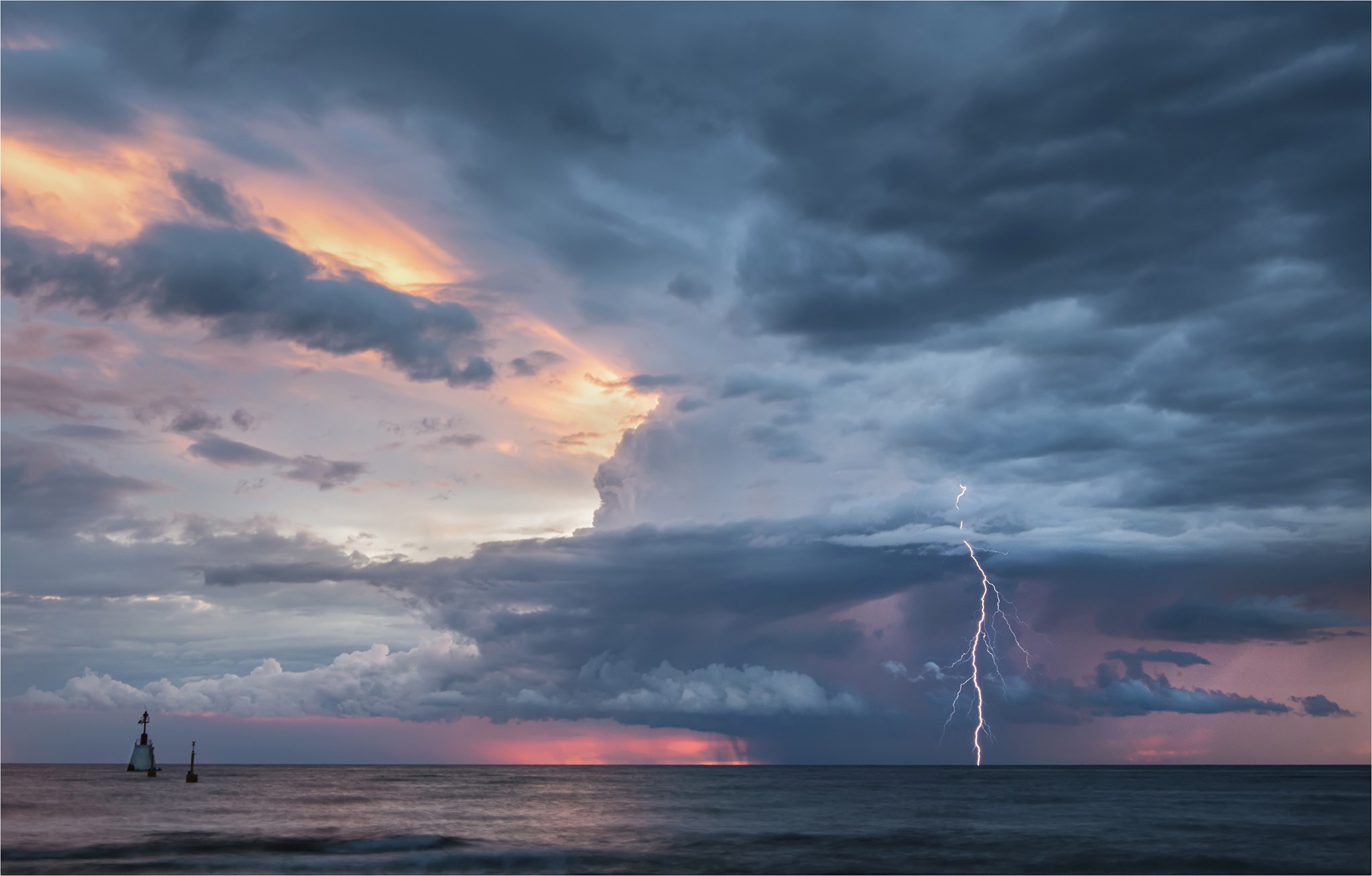 Photographer: Maja Kraljik Photo taken: Umag, Istria
Photographer: Maja Kraljik Photo taken: Umag, Istria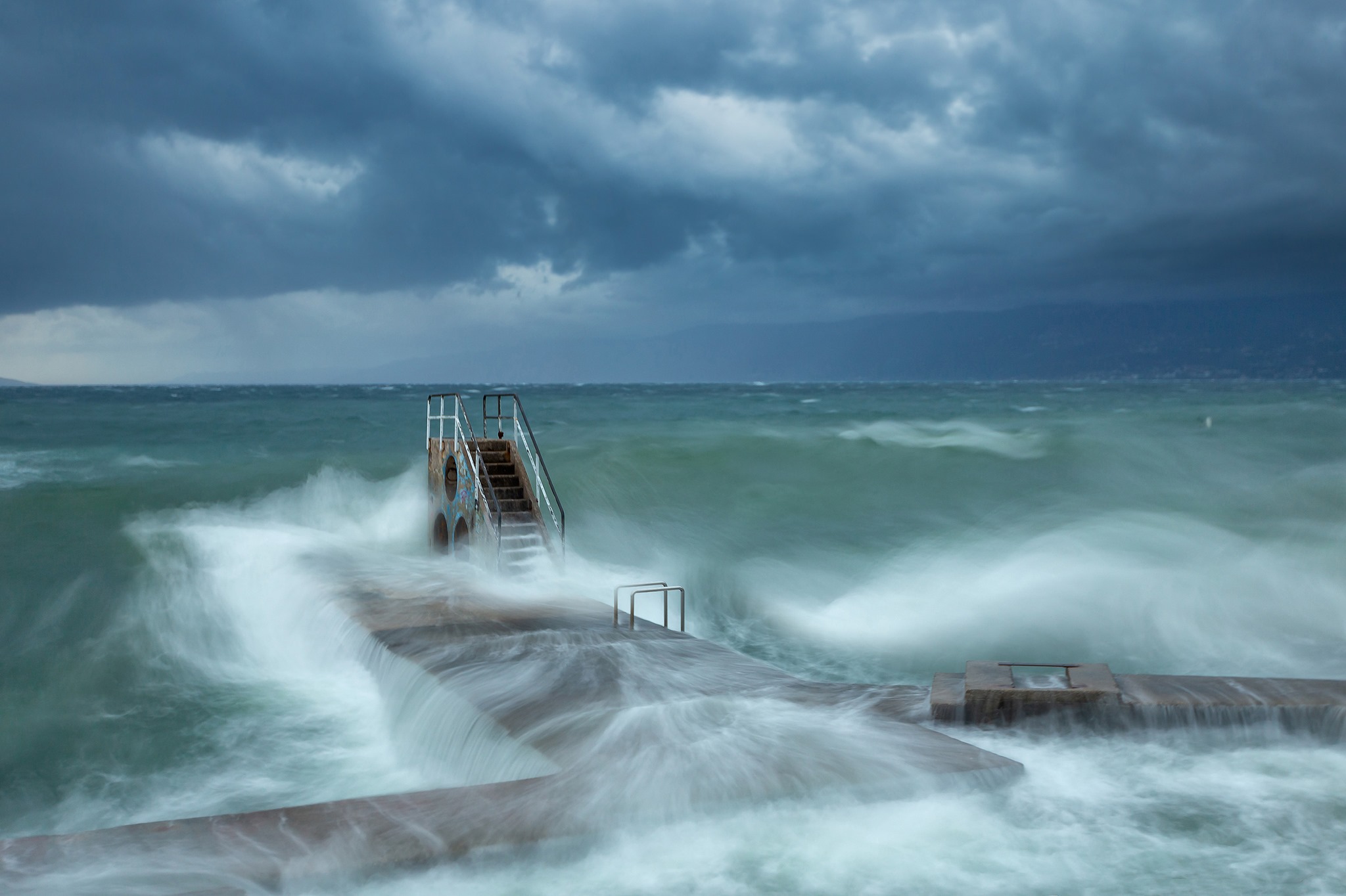 Photographer: Igor Popovic Photo taken: Rijeka
Photographer: Igor Popovic Photo taken: Rijeka
The winners of this year's competition have just been announced and the two fantastic examples of Croatia weather photography within the top 13 will take their place in the 2021 World Meteorological Organization calendar.
The 10 Croatian finalists from the 2019 competition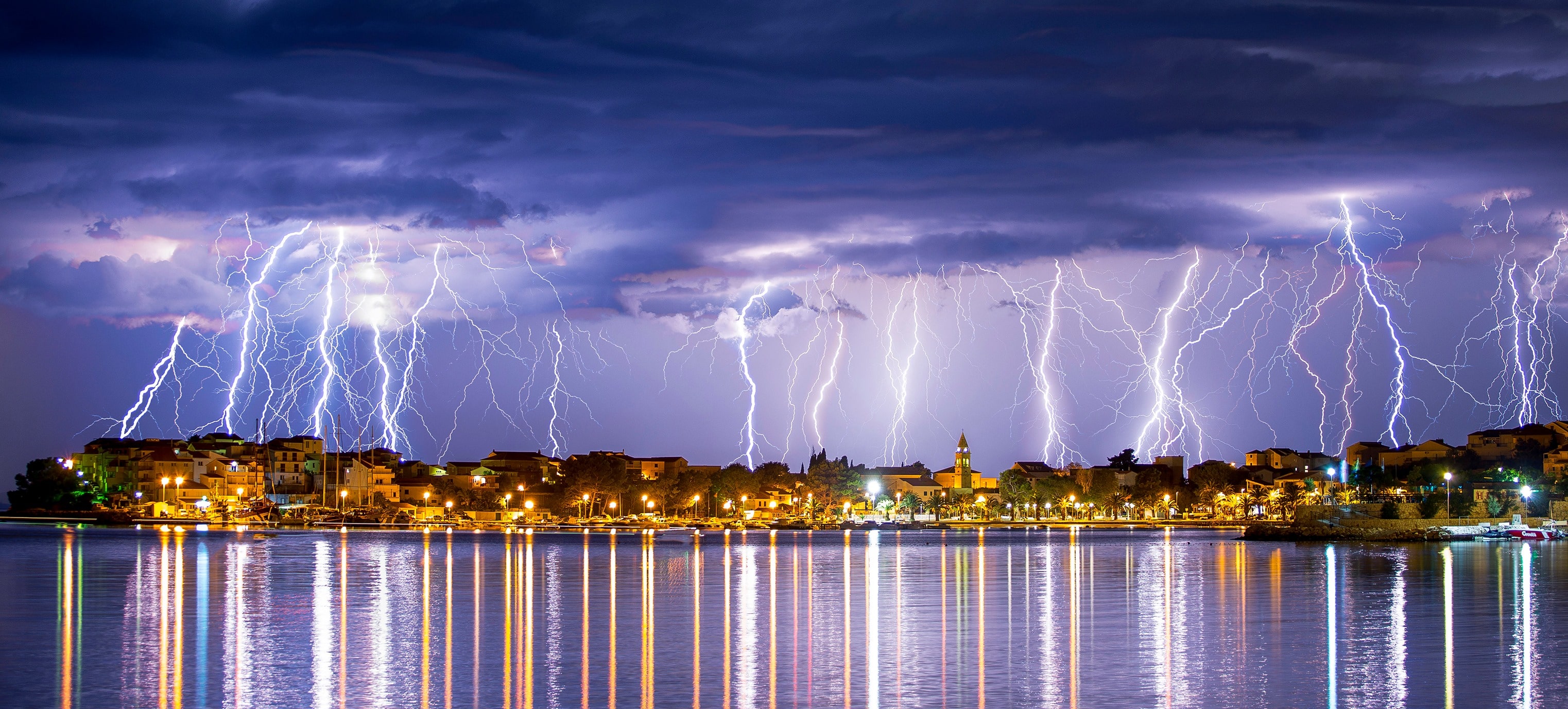 Photographer: Danica Sičič Photo taken: Srobreč, Dalmatia
Photographer: Danica Sičič Photo taken: Srobreč, Dalmatia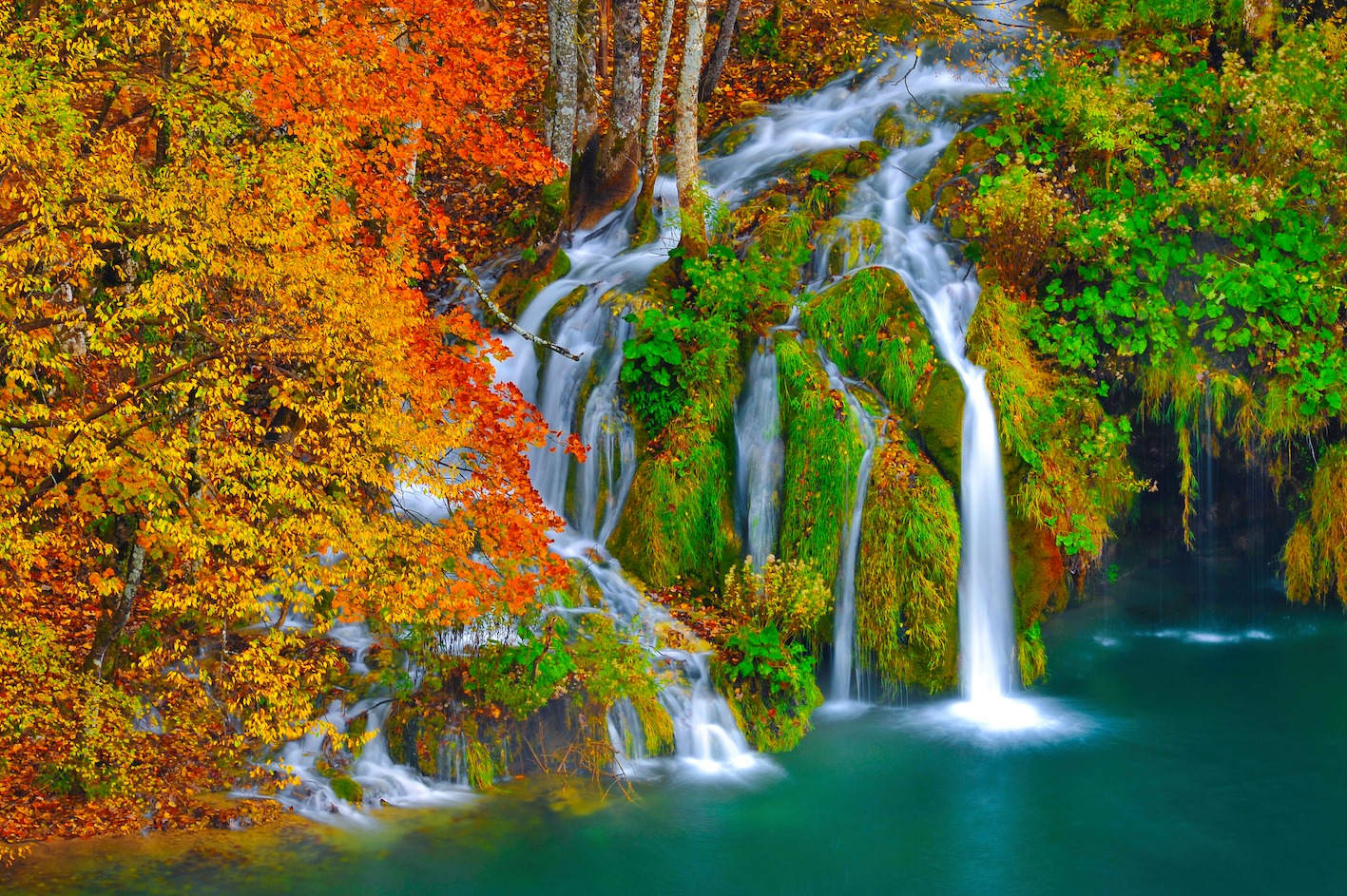 Photographer: Romeo Ibrišević Photo taken: Plitvice Lakes National Park
Photographer: Romeo Ibrišević Photo taken: Plitvice Lakes National Park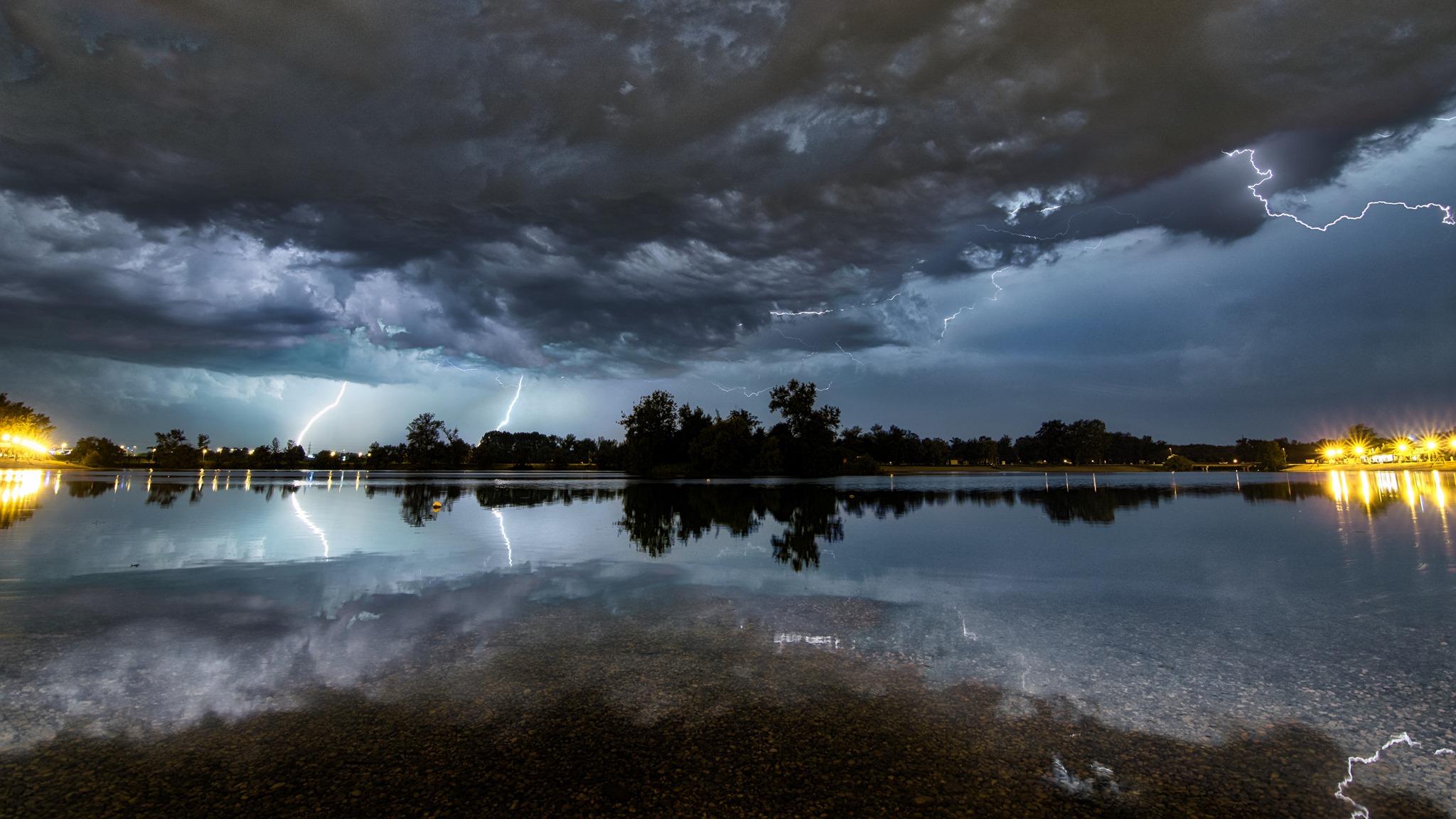 Photographer: Božan Štambuk Photo taken: Bundek park, Zagreb
Photographer: Božan Štambuk Photo taken: Bundek park, Zagreb Photographer: Miroslava Novak Photo taken: Pribislavec, Međimurje
Photographer: Miroslava Novak Photo taken: Pribislavec, Međimurje
As well as the two winners, two further examples of Croatia weather photography came in the runner-up category, of which there were 12 in total.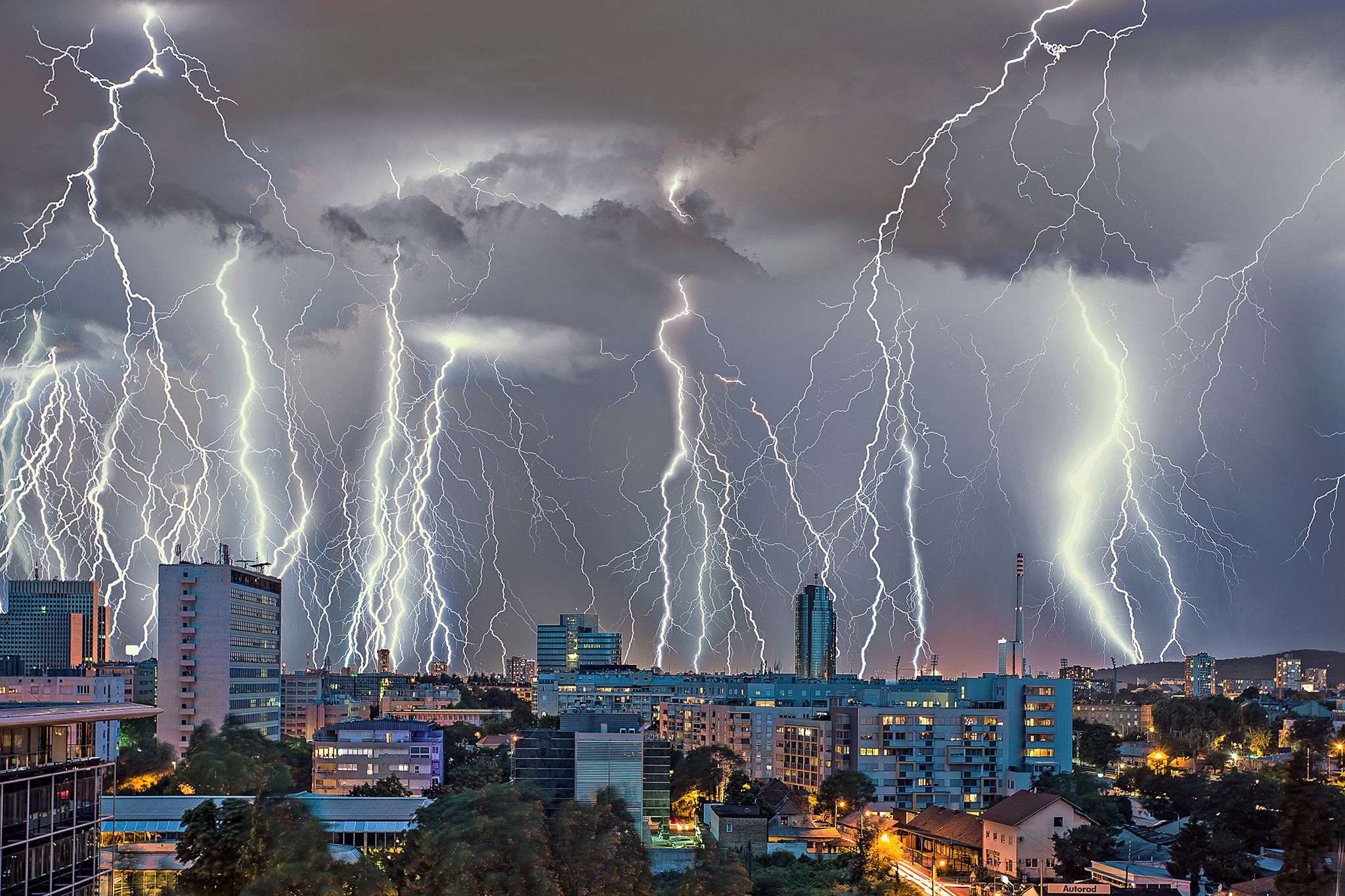 Photographer: Francesca Delbianco Photo taken: Zagreb
Photographer: Francesca Delbianco Photo taken: Zagreb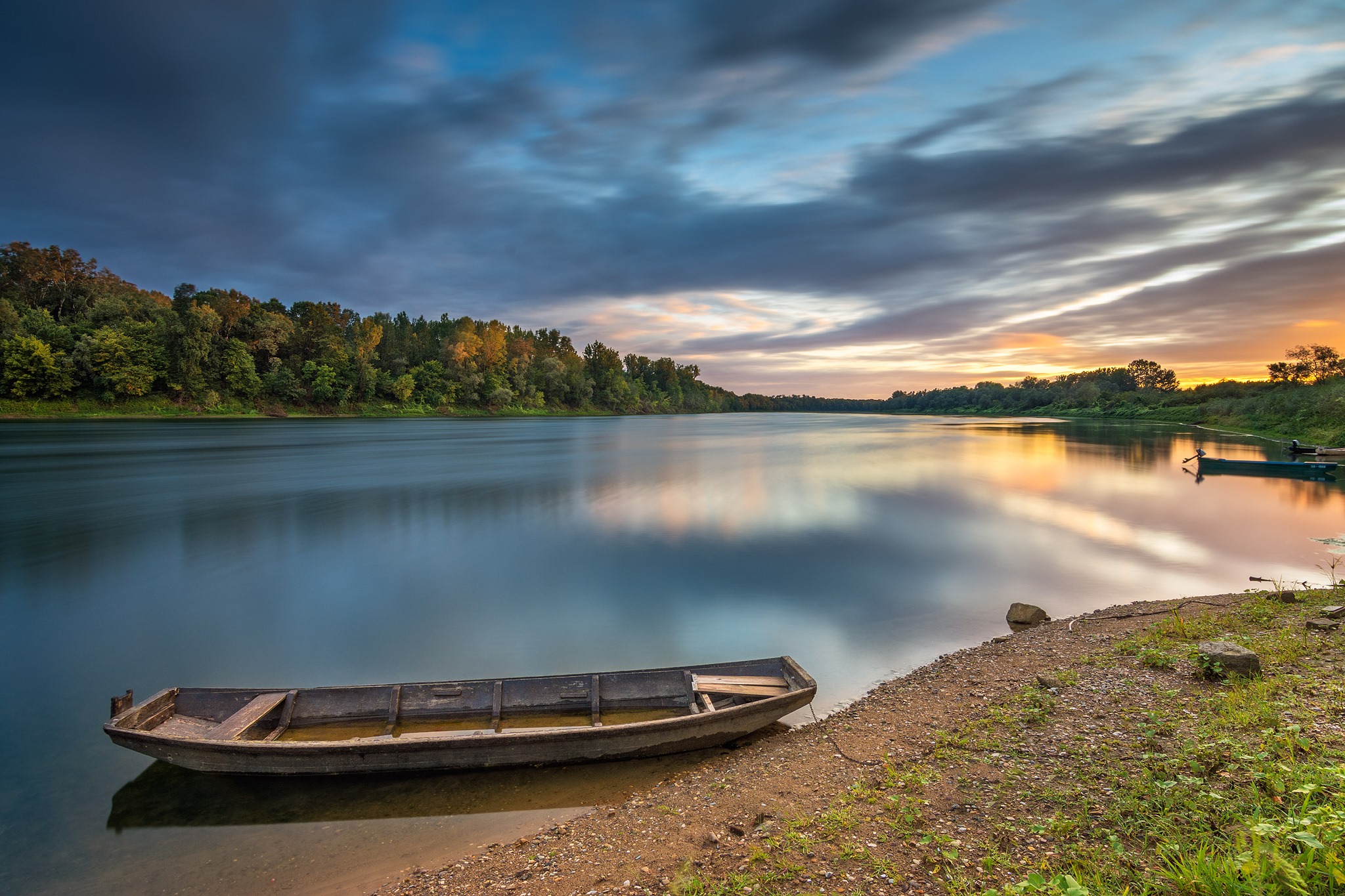 Photographer: Ivica Brlić Photo taken: Sava river, Davor, near Slavonski Brod
Photographer: Ivica Brlić Photo taken: Sava river, Davor, near Slavonski Brod Photographer: Nataša Šafar Photo taken: Rečica, near Karlovac
Photographer: Nataša Šafar Photo taken: Rečica, near Karlovac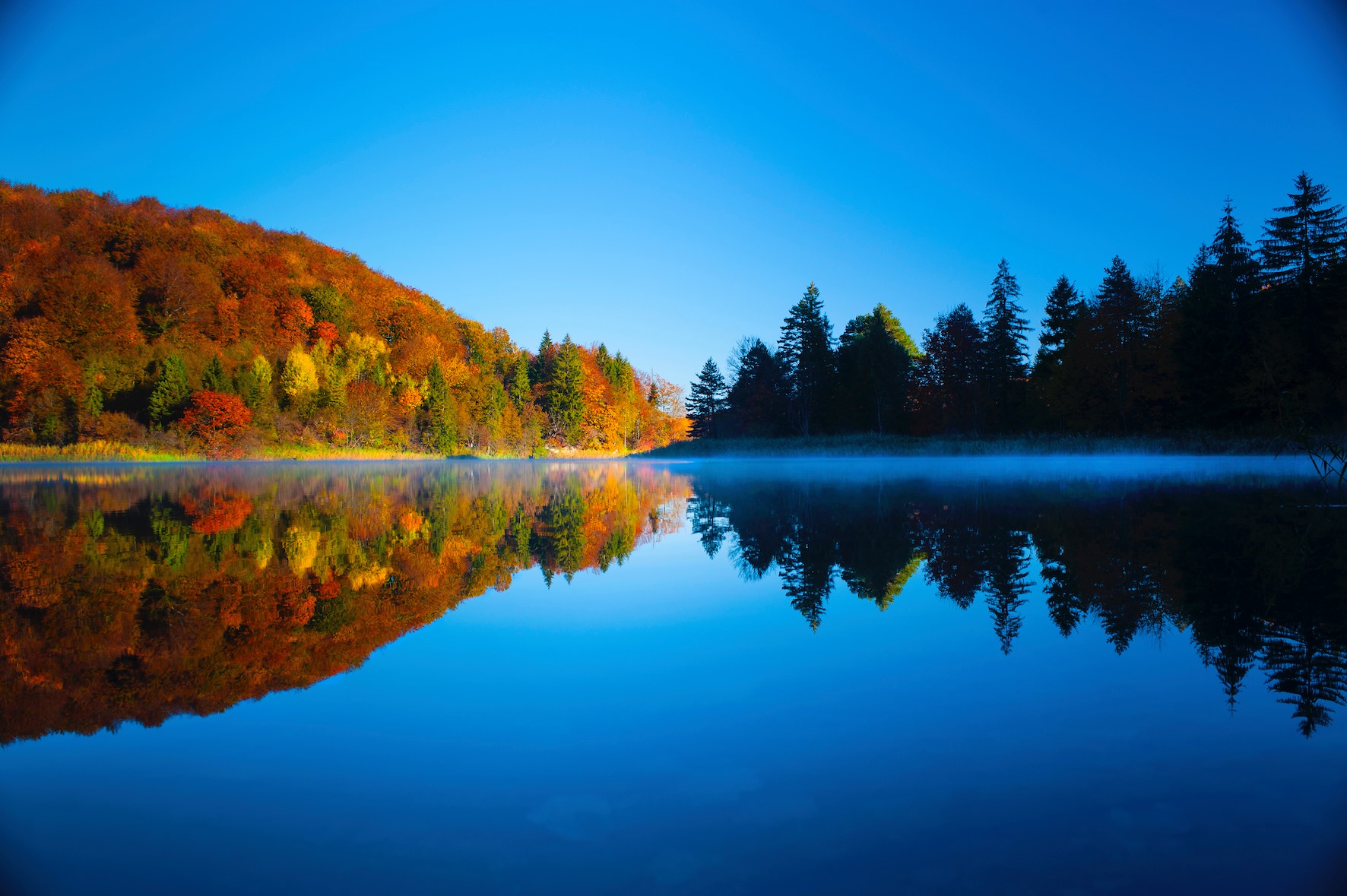 Photographer: Romeo Ibrišević Photo taken: Plitvice Lakes National Park
Photographer: Romeo Ibrišević Photo taken: Plitvice Lakes National Park
Over 1000 photographs from all over the world were entered in the 2020 competition. The submissions were narrowed down to a final selection of 70 contenders. As TCN reported back at the start of October, no less than 9 examples of Croatia weather photography made it into the final 70, taken by 7 Croatian photographers.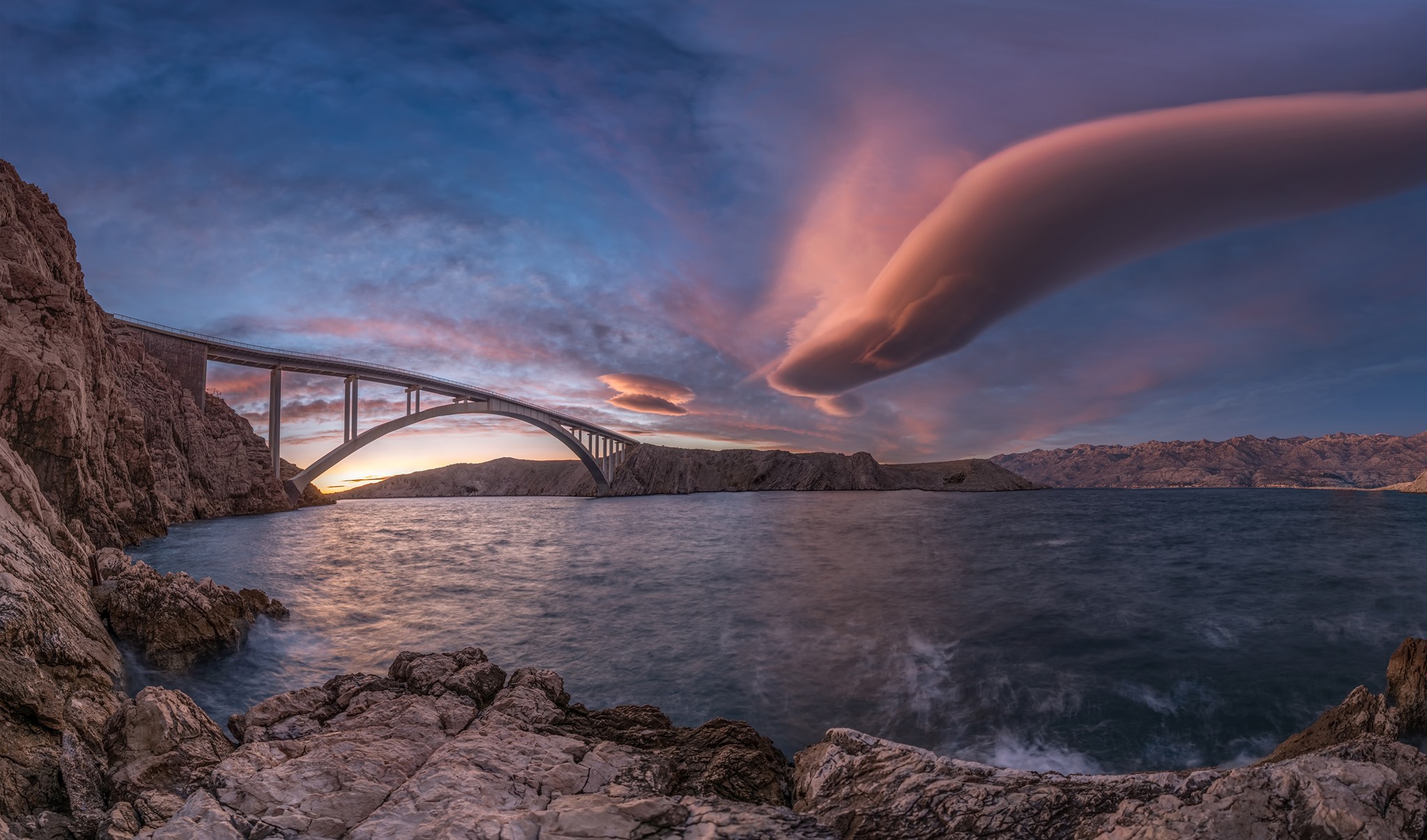 Photographer: Danijel Palčić Photo taken: Pag island
Photographer: Danijel Palčić Photo taken: Pag island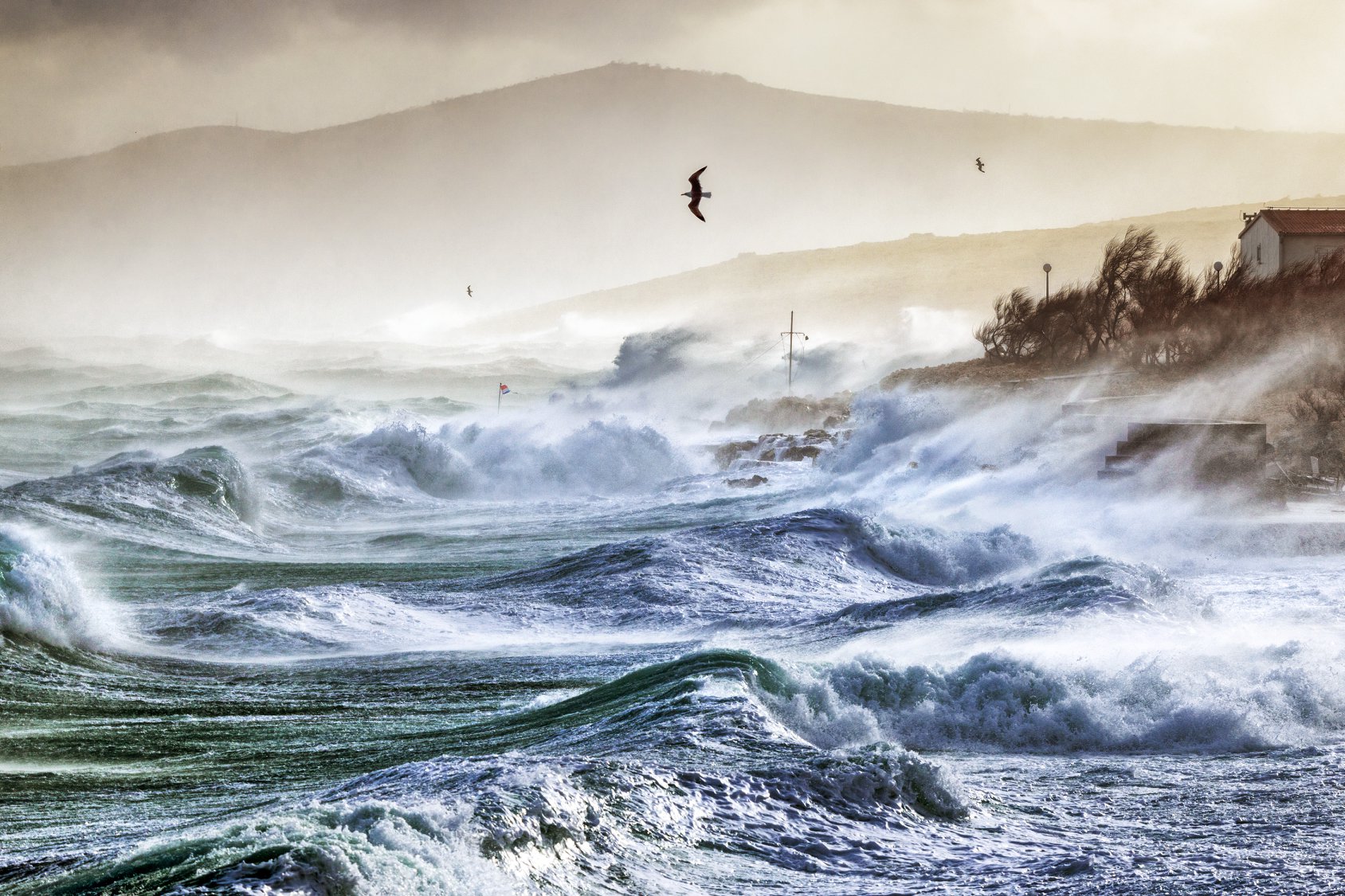 Photographer: Aleksandar Gospic Photo taken: Ražanac
Photographer: Aleksandar Gospic Photo taken: Ražanac
Croatia regularly punches well above its weight in the annual competition, as we can see from these 10 examples of incredible Croatia weather photography that were among the finalists in 2019.
All images courtesy World Meteorological Organisation
Croatia Makes The World's Largest Bottle of Perfume. And You Could Own It.
July 11, 2020 - The world's largest bottle of perfume, made in Čakovec, Međimurje county, Croatia and certified by the Guinness Book of World Records
A thousand pretty islands, surrounded by crystal-clear turquoise seas. Champion athletes in a surprisingly wide range of sports. The birthplace of the innovative Nikola Tesla and Faust Vrančić, the first self-propelled torpedo, forensic fingerprinting, the tungsten electric light bulb, the retractable pencil, the cravat or tie and Andrija Štampar's guidance on public health which informs how today's World Health Organisation works. There are many examples why the eyes of the world are never far from Croatia. And now there's another reason Croatia is once again the scent-er of attention.
Dejan Levačić, a perfume maker from Čakovec, last year made the world's largest bottle of perfume. Certified by the Guinness Book of World Records, standing at 1.91 metres in length, 0.82 metres across, 0.46 metres wide and holding 616.18 litres of perfume, the bottle shows a fragrant disregard for the norms of perfumery. As such, it's a little too big to have around the Levačić family home and Dejan is prepared to let it go if he can find the right home.
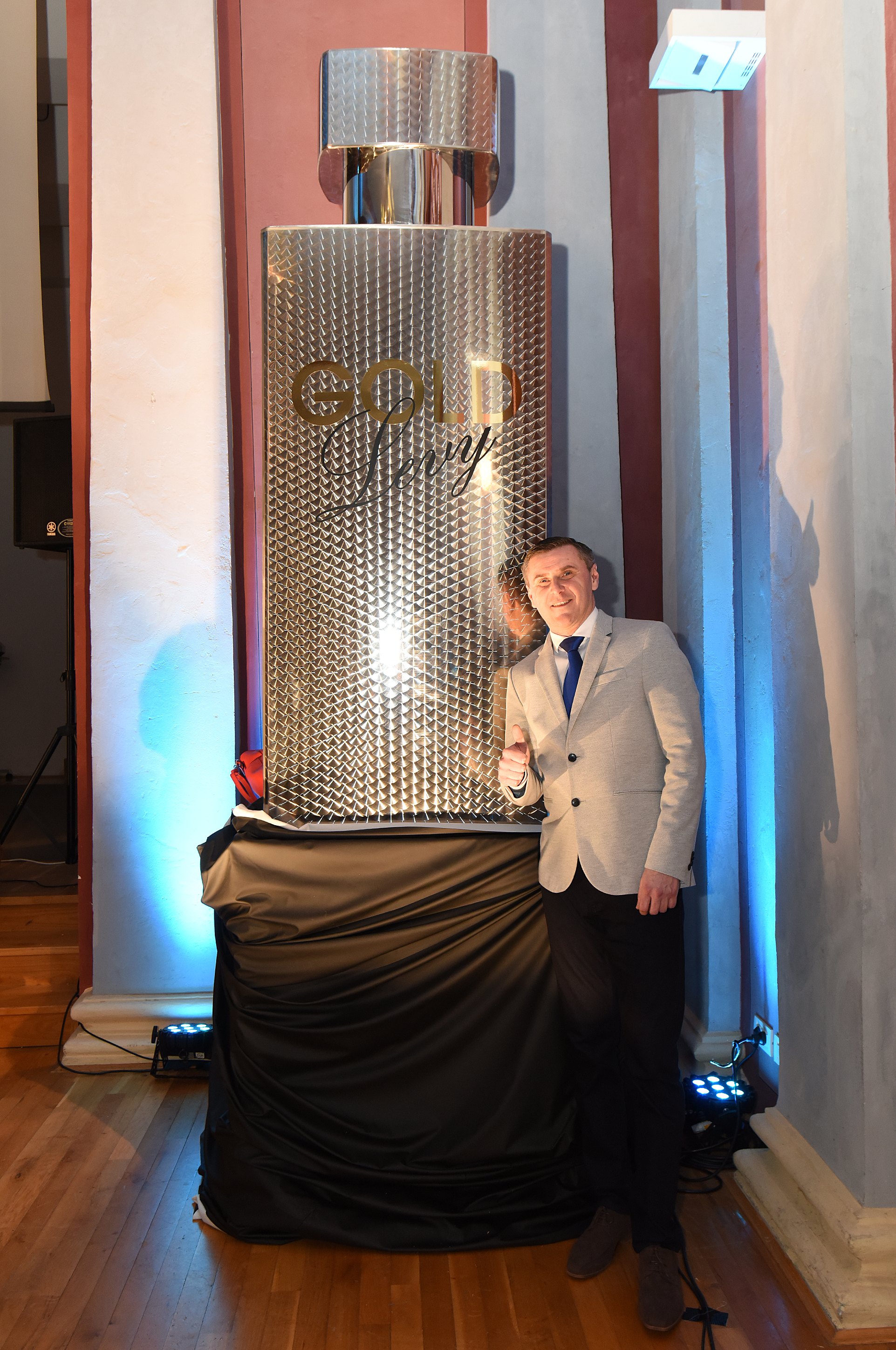
The world's largest bottle of perfume stands at 1.91 metres in length, 0.82 metres across and 0.46 metres wide and holds 616.18 litres of perfume
Taught how to make perfumes by his mother, who worked for famous pharmaceutical company Pliva, Dejan has been experimenting with different fragrances all his life. In essence, he was a hobbyist until six years ago, when he turned the pastime into a full-time pursuit. He now makes different natural perfumes from plants, herbs and aromatics that grow in Croatia for his own Levy brand. The world's largest bottle of perfume contains Levy Gold, inspired by the gold panning which used to take place in Dejan's home region of Međimurje.
The stainless steel bottle was made by local engineers in Čakovec and is an exact replica of the standard-sized bottle in which Levy Gold is available. Considering its size, Dejan imagines that it will take a buyer with considerable space to take it off his hands, such as a hotel. Placed on public display, the eye-catching bottle is definitely capable of producing a reaction such as “Eau my goodness!”
Međimurje Winemakers Triumph at Decanter World Wine Awards in London!
May 22, 2019 - Great news from London as Međimurje winemakers won 11 medals and received one recommendation at the prestigious Decanter World Wine Awards!
Namely, the Jakopić winery won the silver for the Graševina late harvest 2012 (92 points) and the silver for the Pušipel Classic 2016 (93 points). The Dvanajščak - Kozol Winery won the silver medal for the Pušipel Classic 2018 (91 points) and the bronze for the Sauvignon 2018 (87 points). Sibon Pjenušci won the silver for the Sibon Brut 2016 (93 points), and the bronze for the Sibon Extra Brut 2016 (88 points).
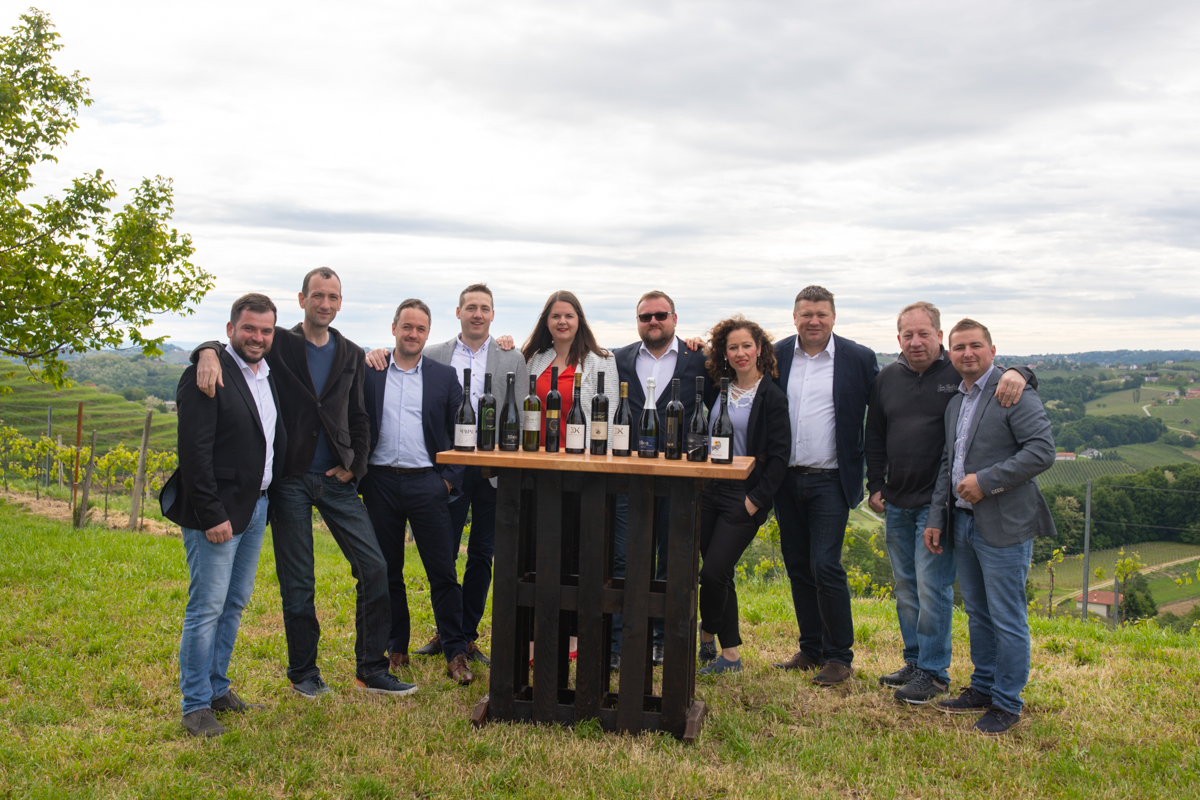
Silver medals were won by the Cmrečnjak Pušipel Classic 2018 (90 points) and the Štampar Pušipel Classic 2018 (90 points). Bronze medals were also won by the Hažić Chardonnay 2017 (88 points), the Kocijan Sauvignon 2018 (86 points), and the Preiner Sauvignon 2018 (86 points). The Horvat winery with the Horvat Pušipel Classic 2018 received a recommendation (85 points).
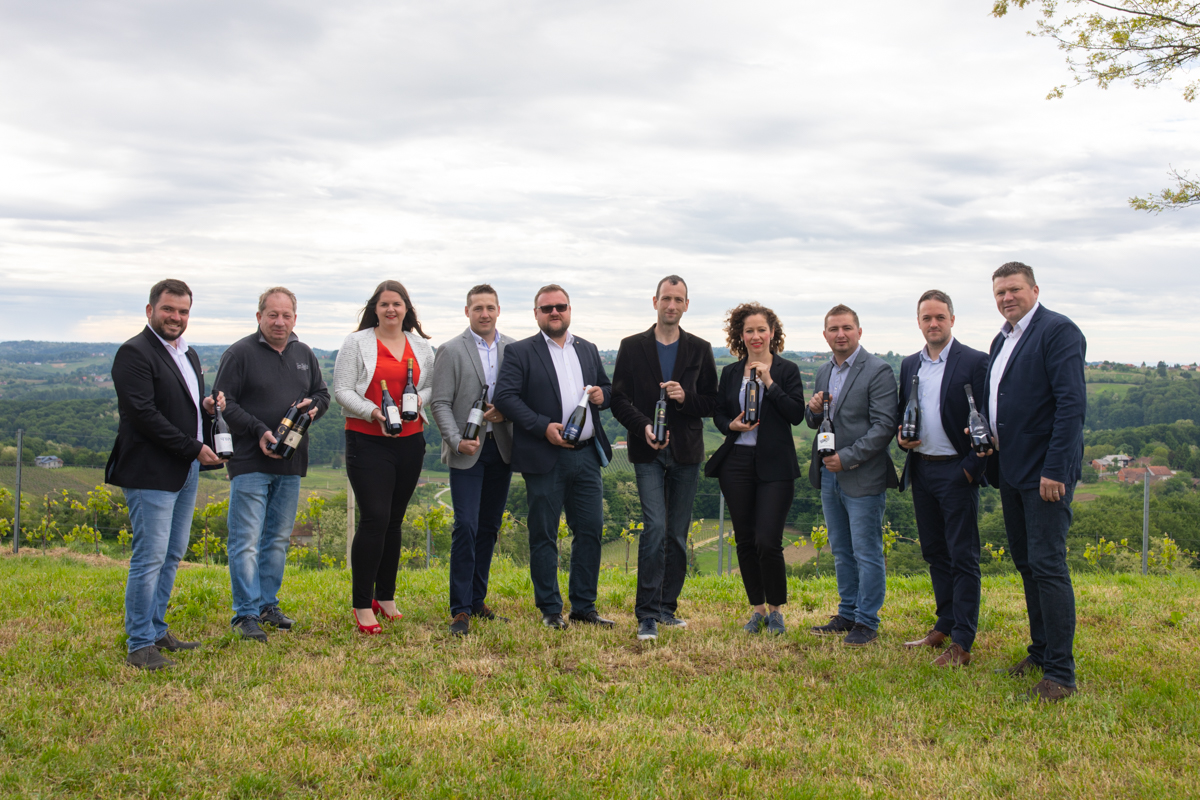
Winemakers from Međimurje point out that the medals were awarded for many years of hard work, both in the vineyard and in the wine cellar. These great acknowledgments confirm the continuity of the work of Međimurje winemakers, especially on the branding and promotion of the Pušipel variety, as well as other varieties. Međimurje winemakers, as their greatest advantage, emphasize their harmony and excellent communion, and will continue to make great leaps forward.
To read more about lifestyle in Croatia, follow TCN’s dedicated page.
Međimurje Receives Prestigious Award as Top Region for Investments
fDi Magazine, a specialist division of the Financial Times Ltd., has named Medimurje County as one of the Top 10 Small European Regions of the Future 2018/19.
Međimurje County to Launch 160 Tourism Projects by 2020
Increasing the accommodation capacity with another 600 beds, increasing the average daily consumption of domestic tourists by 1/5, increasing the number of day visitors by 1.2, and utilization of the accommodation capacity by 12 percent are just some of the goals set out in the Master Plan of Tourism Development for Međimurje County by 2020, which were made by the experts of the Institute for Tourism, Zagreb.


